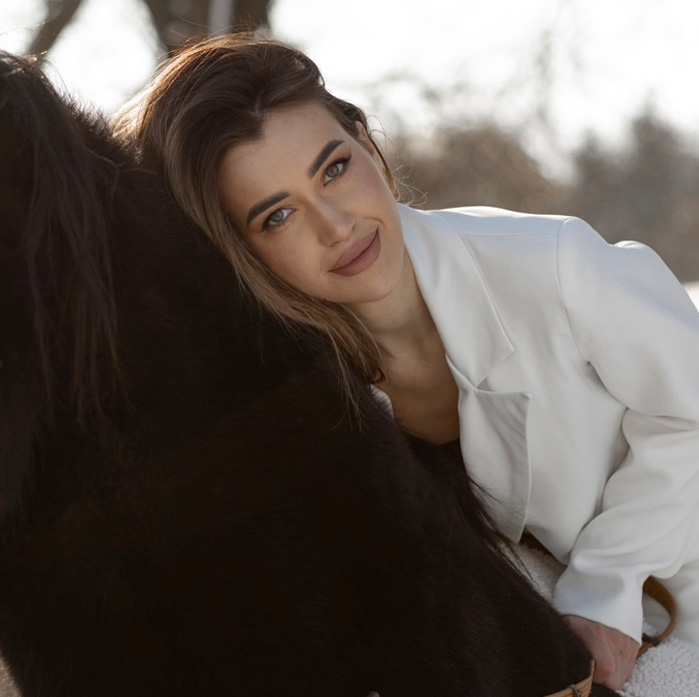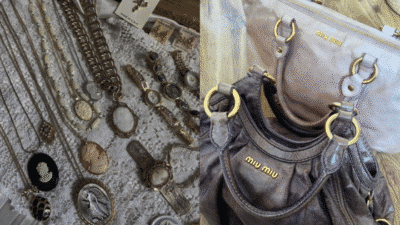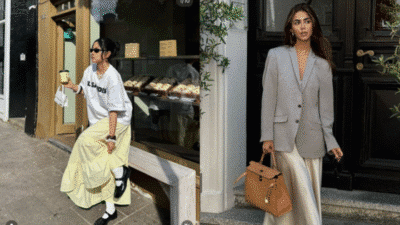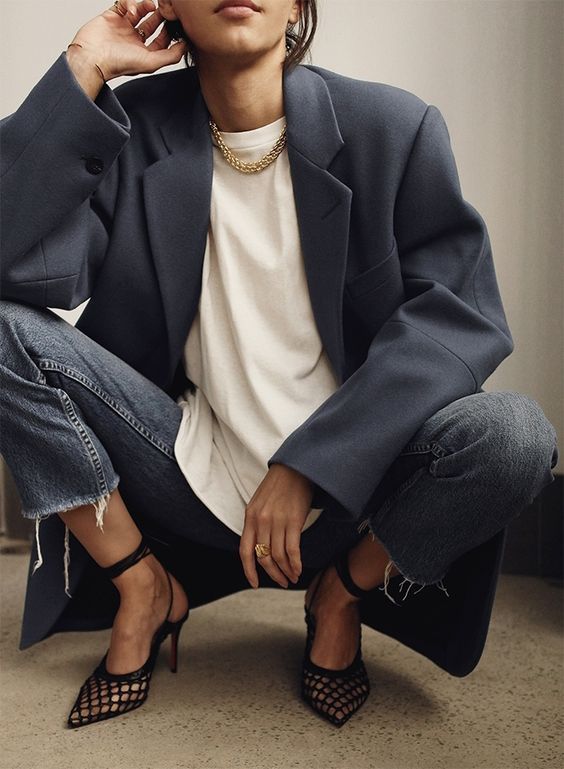
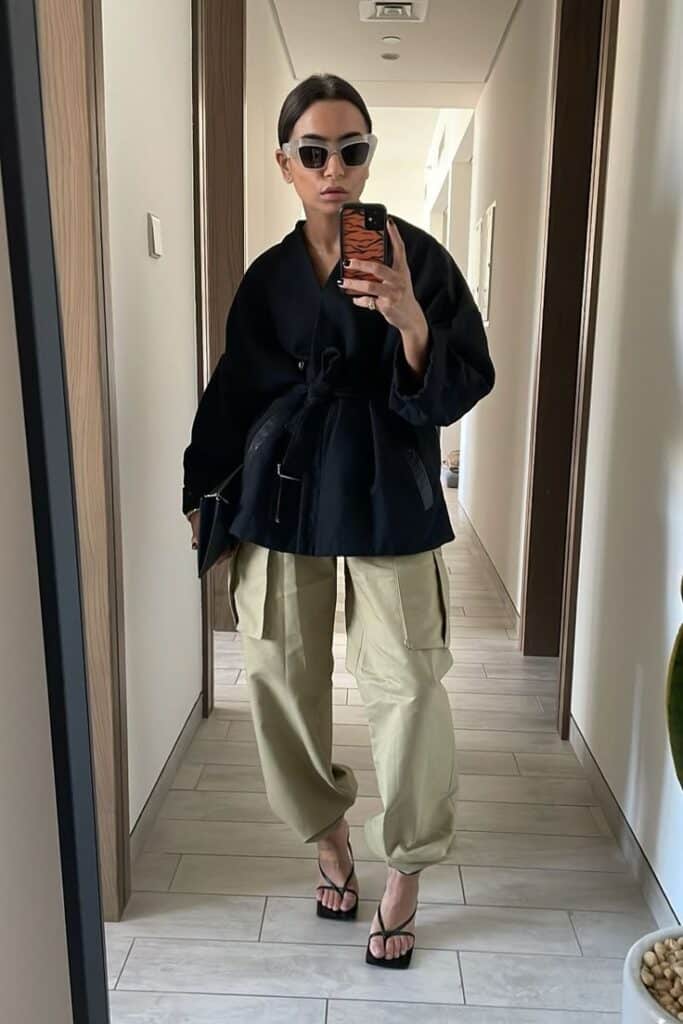
Minimalist fashion focuses on simplicity, clean lines, and versatile pieces that work well together. It is about building a wardrobe with fewer, carefully chosen items that create stylish and functional outfits every day.
This lookbook will show how to mix and match basic items to create different outfits without stress. It offers ideas for classic staples and easy ways to stay up to date with minimalist style through the seasons.
By following this guide, readers can learn how to simplify their clothing choices and develop a timeless, sustainable wardrobe that fits their lifestyle.
Key Takeways
- Minimalist fashion uses simple and versatile clothing pieces.
- A well-planned wardrobe makes dressing easier and more stylish.
- Timeless items help maintain a lasting and sustainable look.
What Is Minimalist Fashion?
Minimalist fashion focuses on simplicity and functionality. It uses clean lines, neutral colors, and practical pieces. This style avoids excess and aims for a look that is both timeless and easy to wear.
Core Principles of Minimalism
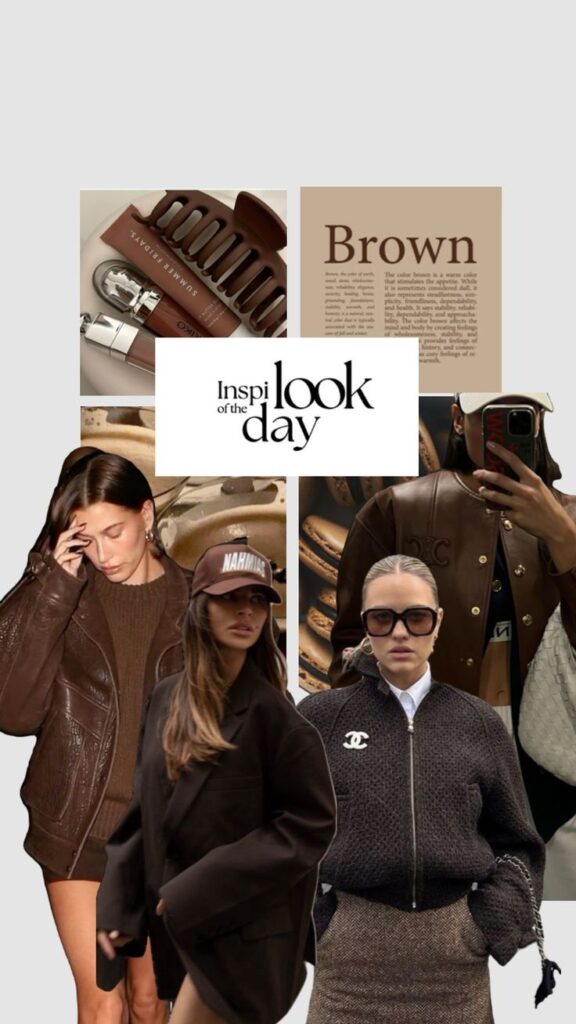
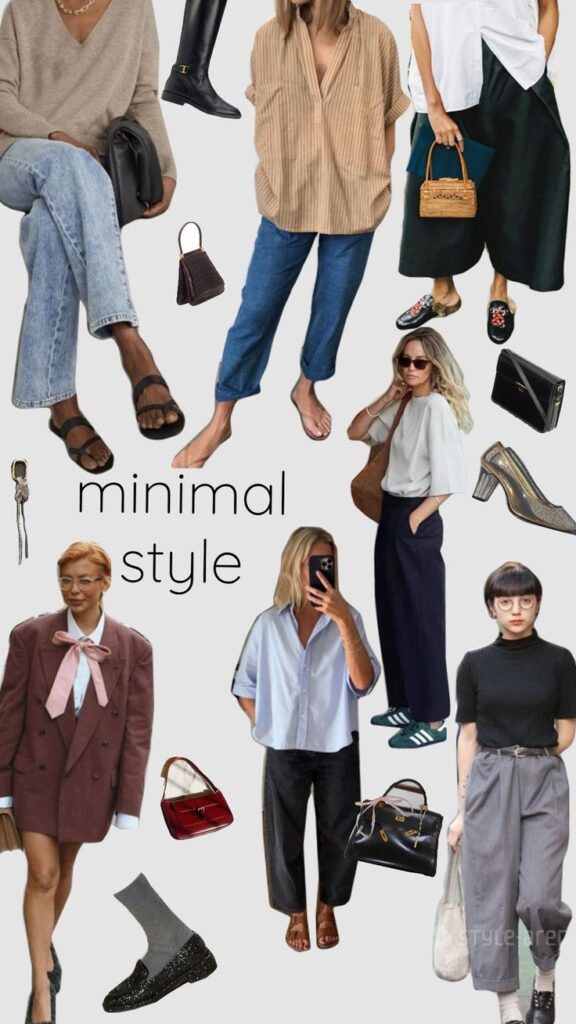
Minimalism is about less but better. It values quality over quantity. Clothes should be well-made, versatile, and easy to mix and match.
The style avoids flashy logos or busy patterns. Instead, it highlights clean cuts and simple shapes. Minimalism also encourages thoughtful choices, buying only what is necessary.
A minimalist approach reduces decision fatigue. It focuses on pieces that can work in different settings, like casual or formal. This helps maintain a neat, organized wardrobe.
Key Elements of Minimalist Style
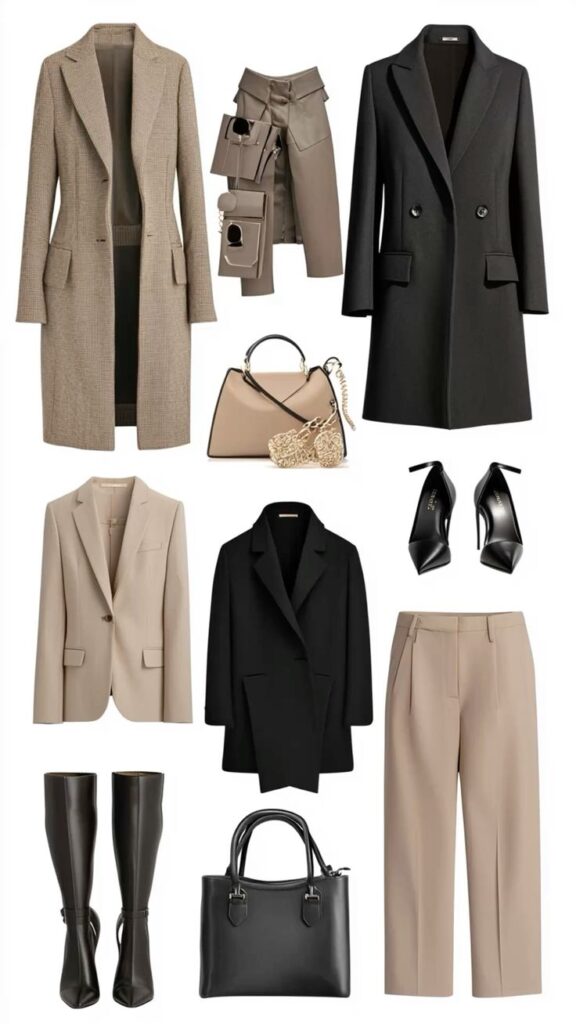
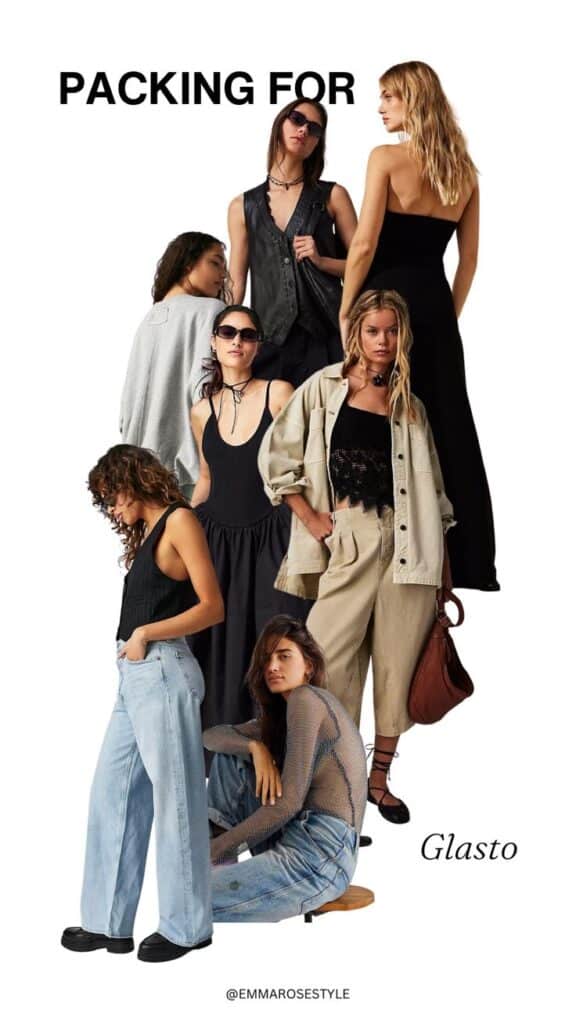
Minimalist wardrobes often include neutral colors like black, white, gray, and beige. These colors make it simple to pair items together.
Essential pieces include plain t-shirts, tailored pants, simple dresses, and classic jackets. Fabrics are usually natural or smooth, such as cotton, linen, or wool.
Accessories are kept to a minimum and are practical. Think of a structured bag, simple shoes, and minimal jewelry. The goal is to create a clean and consistent look without distractions.
Benefits of a Minimalist Wardrobe

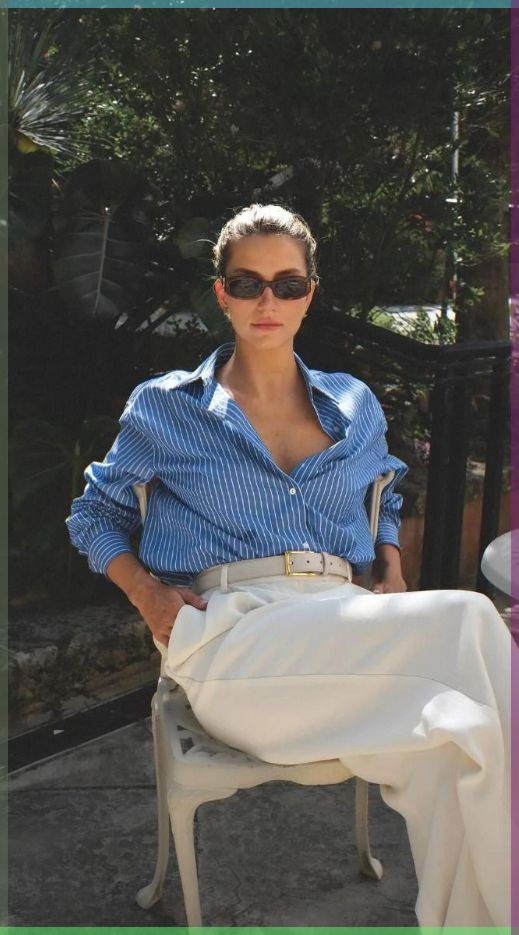
A minimalist wardrobe saves time and money. It reduces the stress of choosing outfits each day because everything matches easily.
It can also lead to better spending habits. People tend to buy higher-quality items that last longer. This reduces waste and clutter over time.
Additionally, minimalist fashion promotes a polished and put-together appearance. It works well for multiple occasions and is less affected by changing trends.
Curating Your Minimalist Fashion Lookbook
A minimalist fashion lookbook focuses on simple, functional, and timeless clothing. It requires careful choices about what to include, how colors work together, and which fabrics last and adapt well.
Selecting Essential Pieces
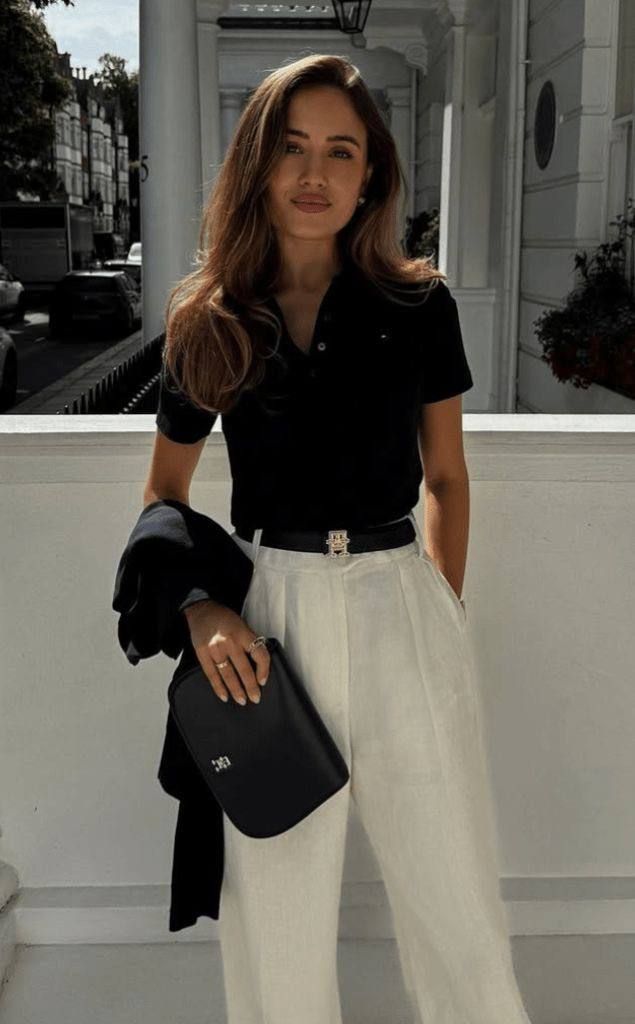
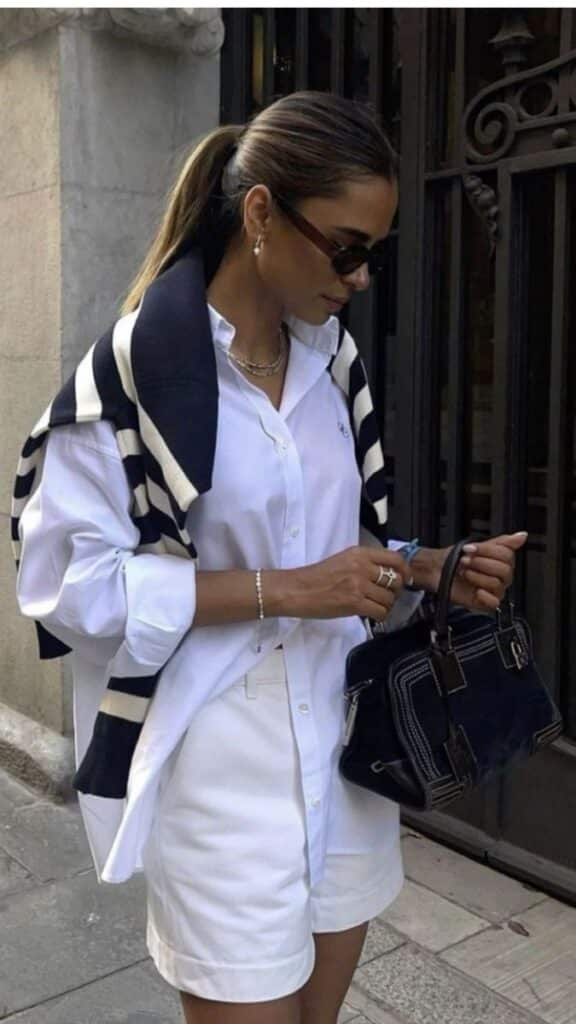
Essential pieces form the base of a minimalist wardrobe. Items like a white shirt, black trousers, and a neutral jacket are key. These pieces should fit well and suit multiple occasions, from work to casual outings.
Choosing quality over quantity matters. A few well-made items replacing many fast-fashion pieces creates a strong, lasting wardrobe. Basics like a plain tee, a tailored blazer, and simple jeans provide many outfit options without extra clutter.
Building a Cohesive Color Palette
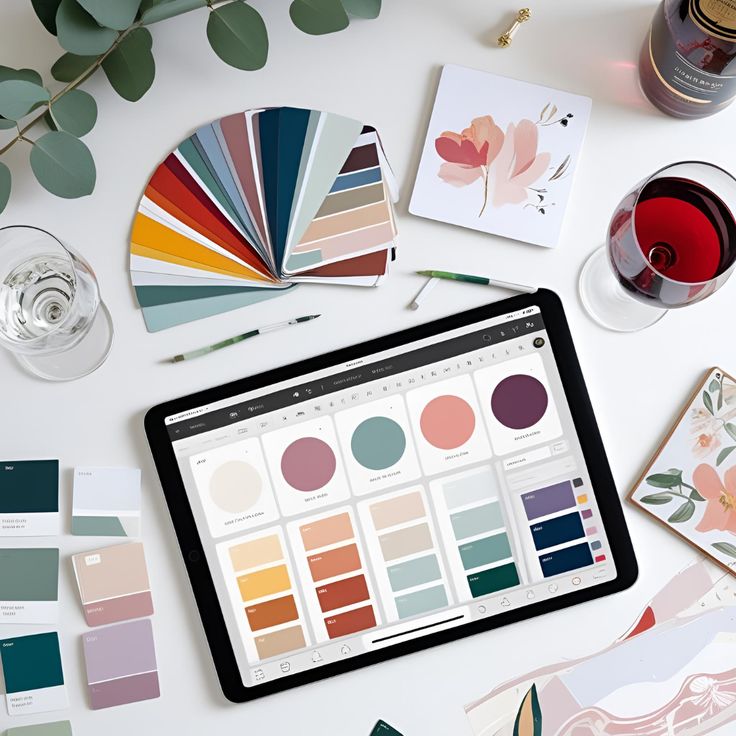
A cohesive color palette helps make mixing and matching easy. Neutral tones like black, white, beige, and gray are popular in minimalist fashion. They create a calm, unified look and reduce decision fatigue.
Adding one or two muted accent colors can add interest without breaking the minimalist style. For example, navy or olive can complement neutrals without overwhelming the lookbook. Consistency in colors keeps the wardrobe functional and balanced.
Choosing Versatile Fabrics
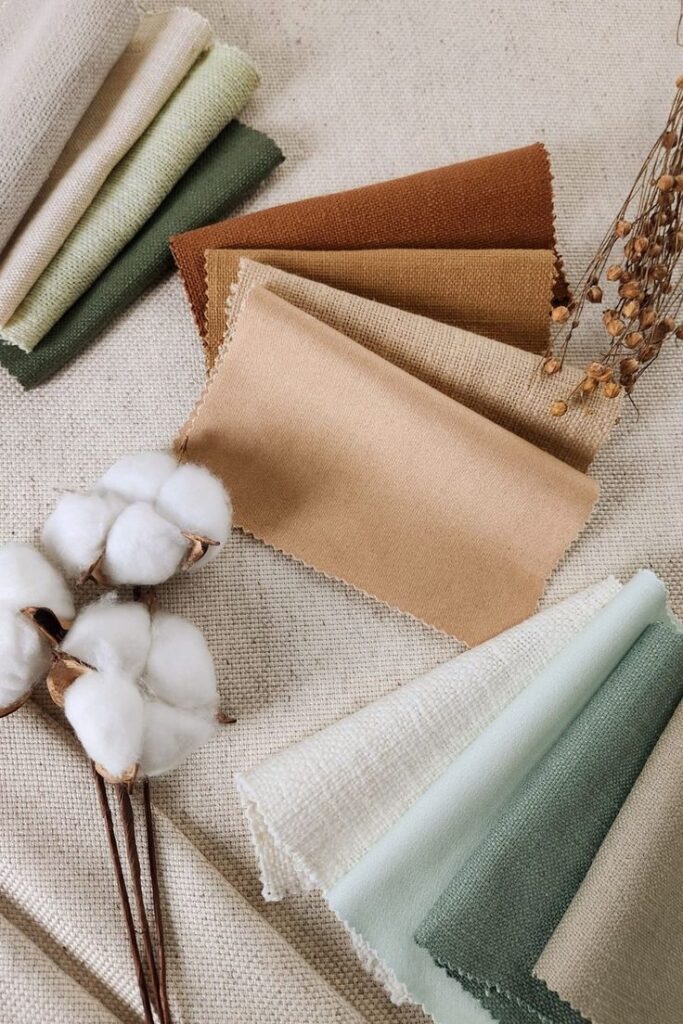
Fabric choice affects comfort, durability, and appearance. Natural fabrics like cotton, wool, and linen are common choices because they breathe well and wear nicely over time.
Stretchy, wrinkle-resistant materials can add convenience. Blends that combine natural and synthetic fibers balance comfort with durability. Versatile fabrics adapt to different settings, making the wardrobe practical for daily wear.
Minimalist Outfit Formulas
Minimalist fashion relies on simple, well-made pieces that work together in different settings. Key items like neutral tops, tailored pants, and timeless shoes create versatile looks for many occasions.
Effortless Daywear Looks
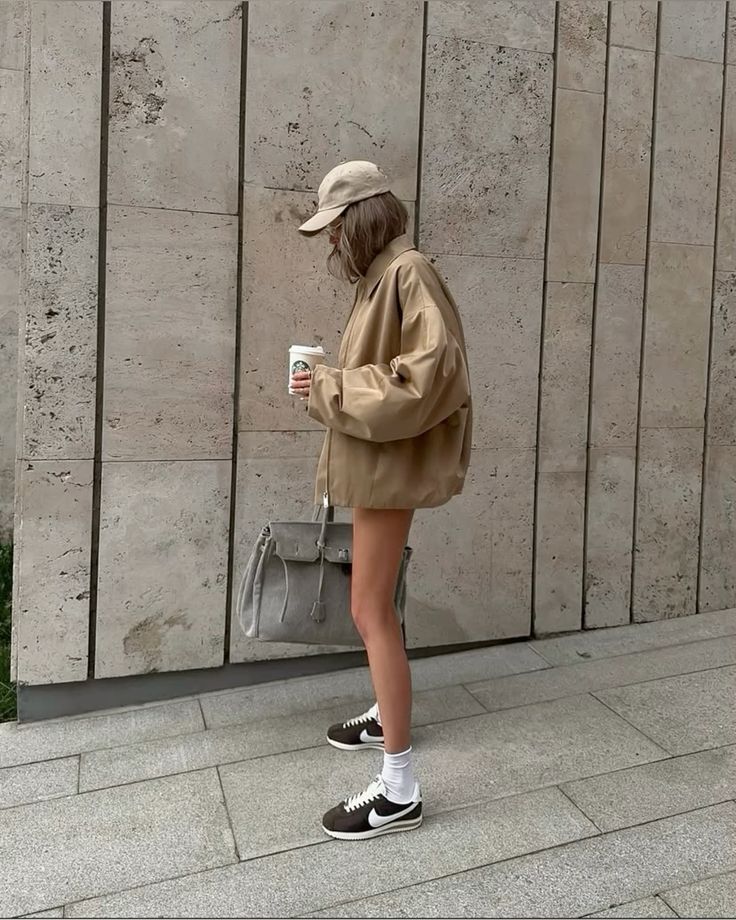
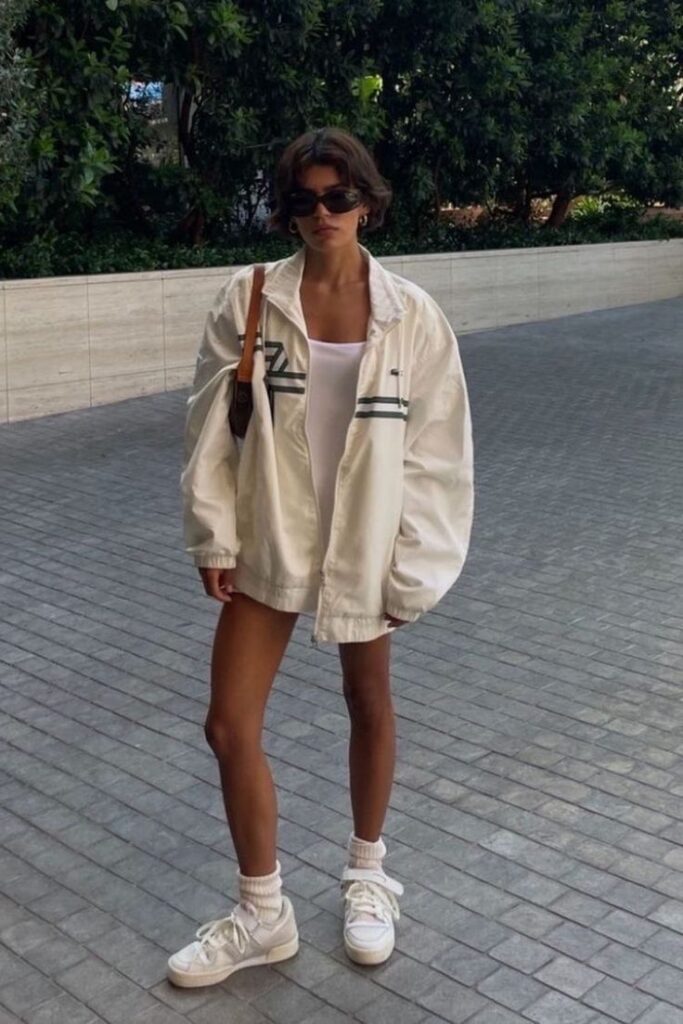
For daywear, neutral colors and clean lines are essential. A white cotton tee paired with straight-leg jeans creates a fresh base. Layer with a beige trench coat or a lightweight cardigan for cooler weather.
Simple sneakers or loafers finish the look. Accessories should be minimal—a leather watch or a plain crossbody bag works well. Patterns and bright colors are kept to a minimum to maintain a calm, uncluttered appearance.
Classic Workwear Staples
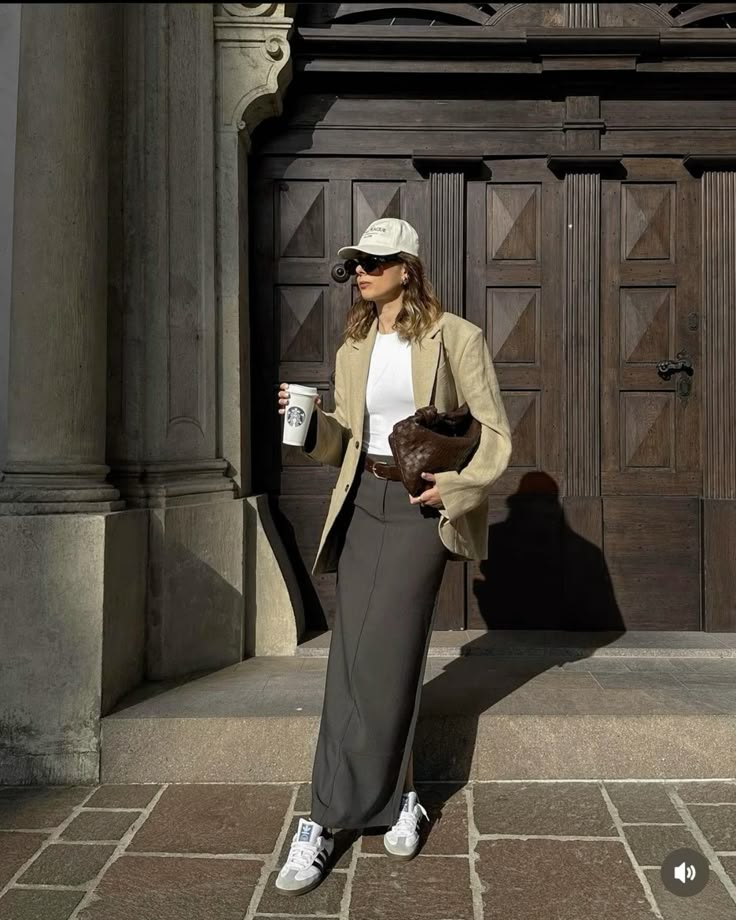
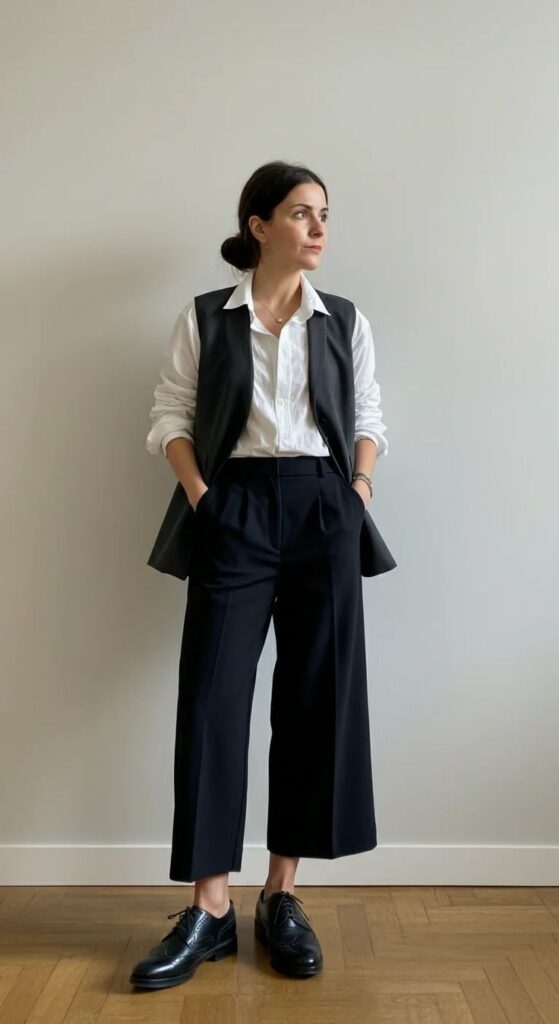
Workwear in minimalist style focuses on structure and fit. A tailored blazer in black, navy, or grey is key. Combine it with slim black trousers or a pencil skirt.
Underneath, a plain blouse or crisp button-up shirt keeps the look polished. Shoes like low-heeled pumps or sleek ankle boots complete the outfit. Minimal jewelry like stud earrings or a simple chain necklace enhances professionalism without distraction.
Elegant Evening Ensembles


For evening, simplicity meets elegance. A little black dress with a clean silhouette is the foundation. Fabrics like silk or matte satin add subtle luxury without extra details.
Pair the dress with pointed flats or minimalist heels. A clutch in a single color and delicate jewelry—such as a thin bracelet or small hoops—complement the outfit. Statement pieces or loud patterns are avoided to keep the look refined.
Timeless Minimalist Wardrobe Staples
A minimalist wardrobe focuses on pieces that work well together and last for a long time. It relies on high-quality, simple items that suit many occasions. These essentials make dressing easy and stylish without extra effort.
Outerwear Essentials
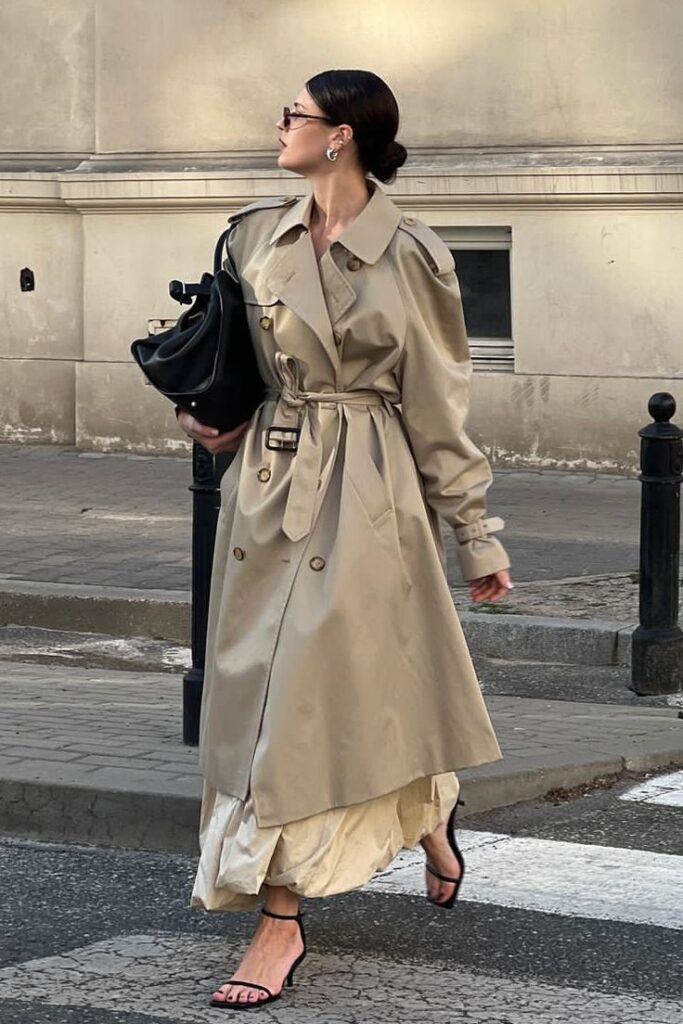
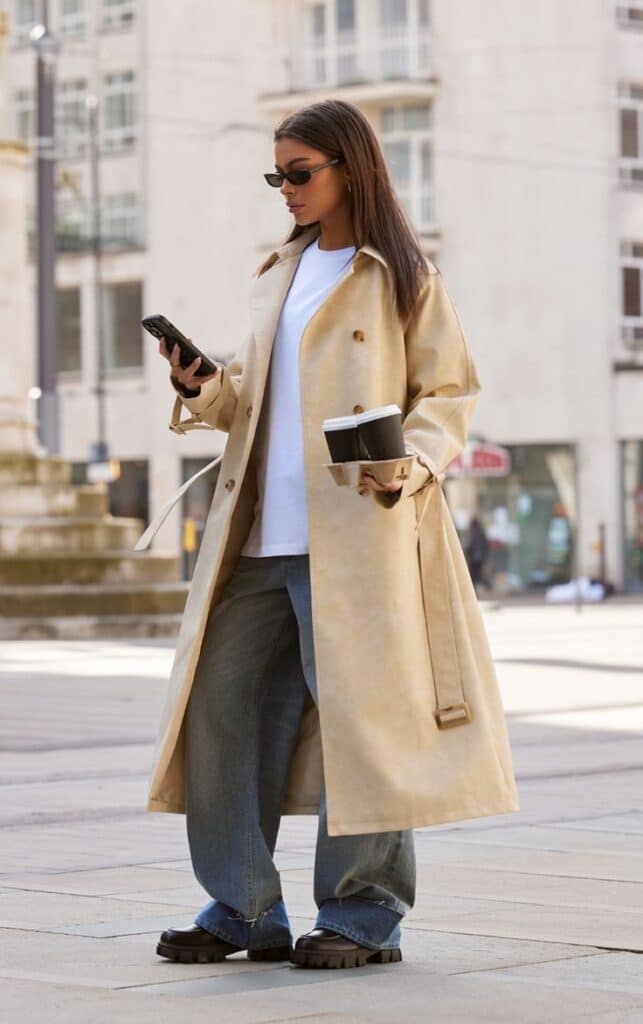
Key outerwear pieces include a tailored blazer, a classic trench coat, and a clean-lined wool coat. These three items work across seasons and styles, providing polish and warmth.
A tailored blazer adds structure and sharpness to both casual and formal outfits. A trench coat offers lightweight protection from rain and wind while maintaining a sleek profile. Meanwhile, a wool coat is ideal for colder months, with a simple cut that remains timeless.
Neutral colors like black, navy, beige, or gray are best for these items. They pair easily with other clothes and avoid trends that fade quickly.
Minimalist Footwear
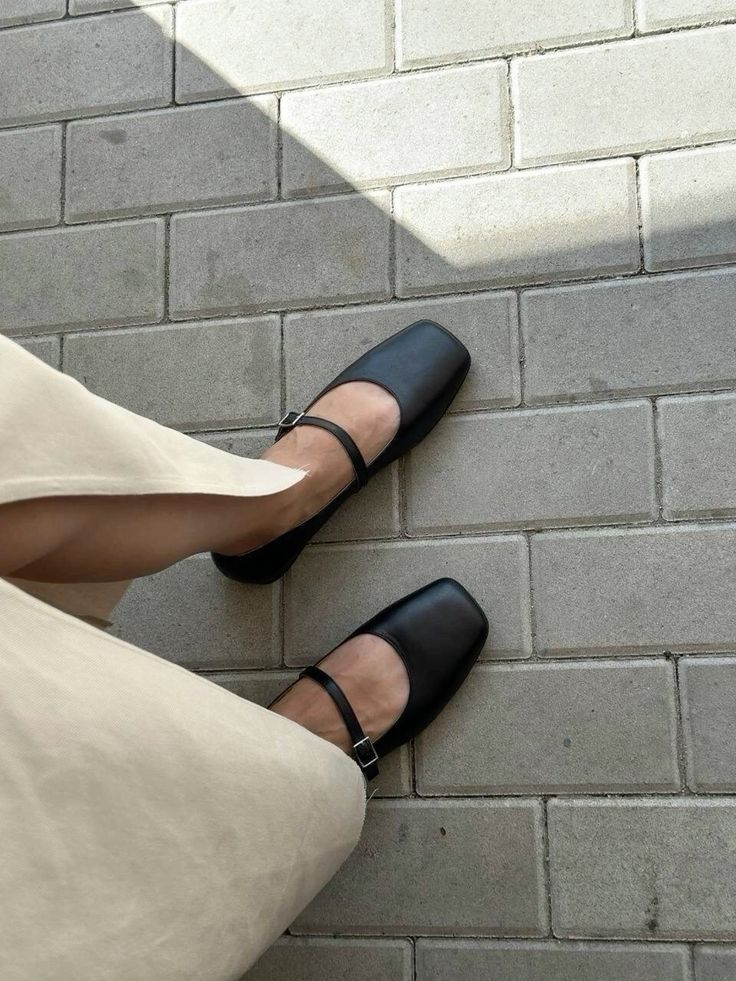
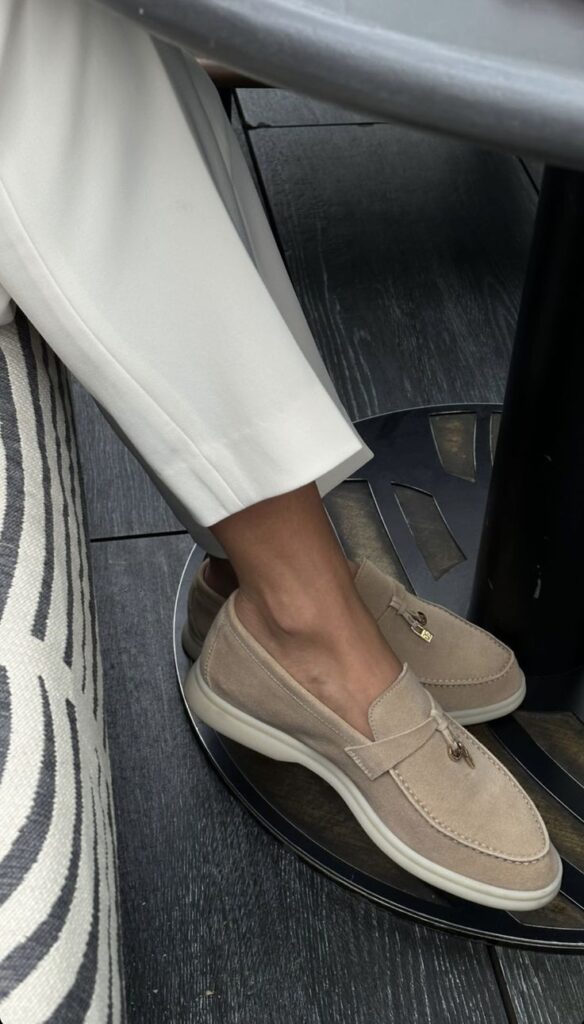
Footwear sticks to a few versatile, well-made options. It typically includes white sneakers, black loafers, and simple ankle boots.
White sneakers provide clean style and comfort. They work with jeans or dresses and keep the look fresh.
Black loafers bring elegance without overdoing it. They are practical for work or casual settings.
Ankle boots are a practical choice for colder days. Select styles with minimal decoration and smooth finishes to keep the minimalist feel.
Quality materials like leather or canvas are preferred for durability and appearance.
Essential Accessories
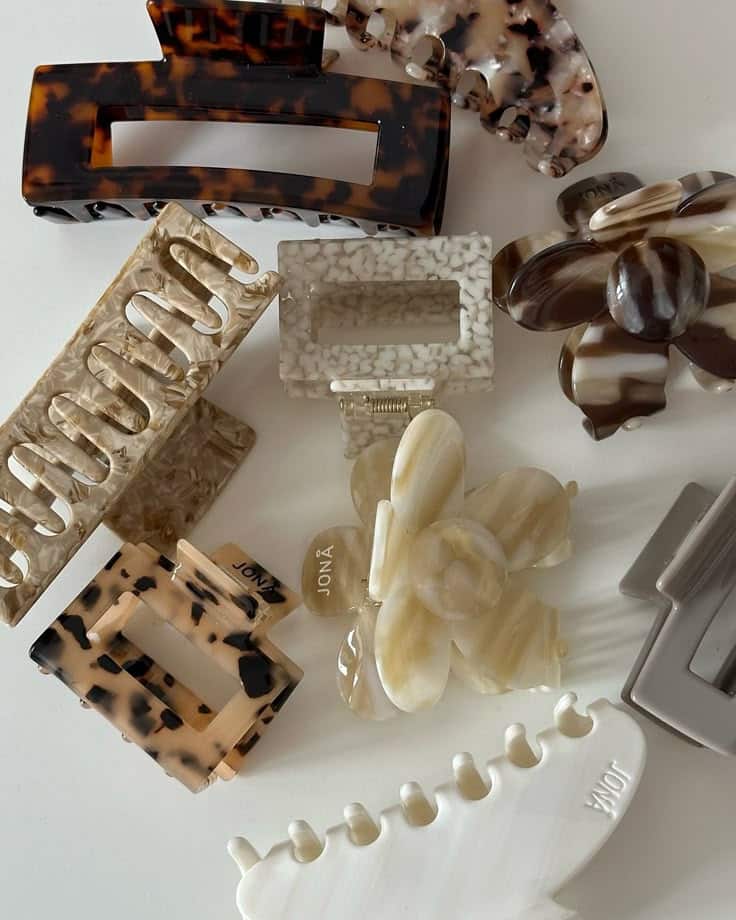

Accessories in a minimalist wardrobe are simple but purposeful. Key pieces are a leather belt, a classic watch, and a structured handbag.
A leather belt helps define the waist and finish a look. It should match the main colors of shoes.
A classic watch adds sophistication without extra flair. Choose one with a clean face and a neutral strap.
A structured handbag carries essentials and complements outfits. It should be medium-sized and free of busy patterns or logos.
Overall, accessories support the outfit without drawing too much attention.
Seasonal Minimalist Fashion Inspirations
Minimalist fashion adapts to different weather by focusing on fabrics, colors, and layering. Choosing simple shapes and neutral tones helps maintain a clean look through changing seasons.
Spring/Summer Outfits
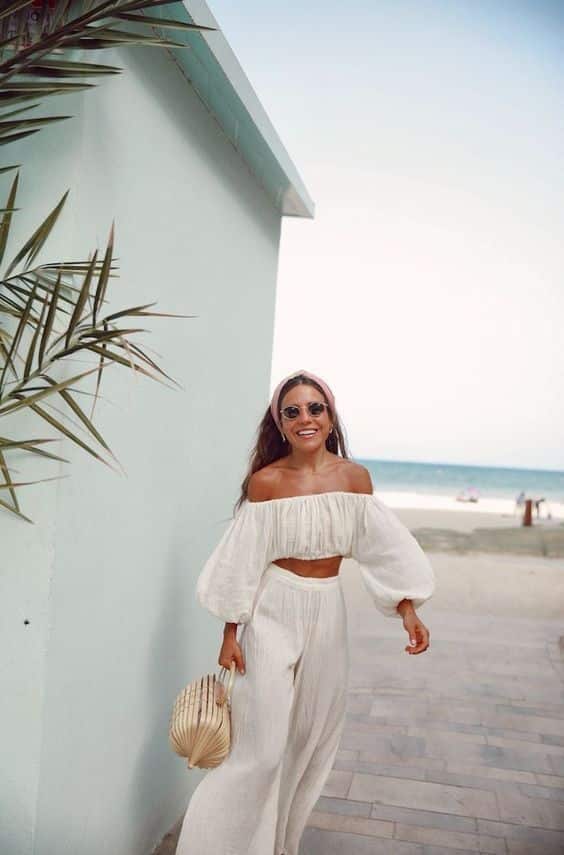
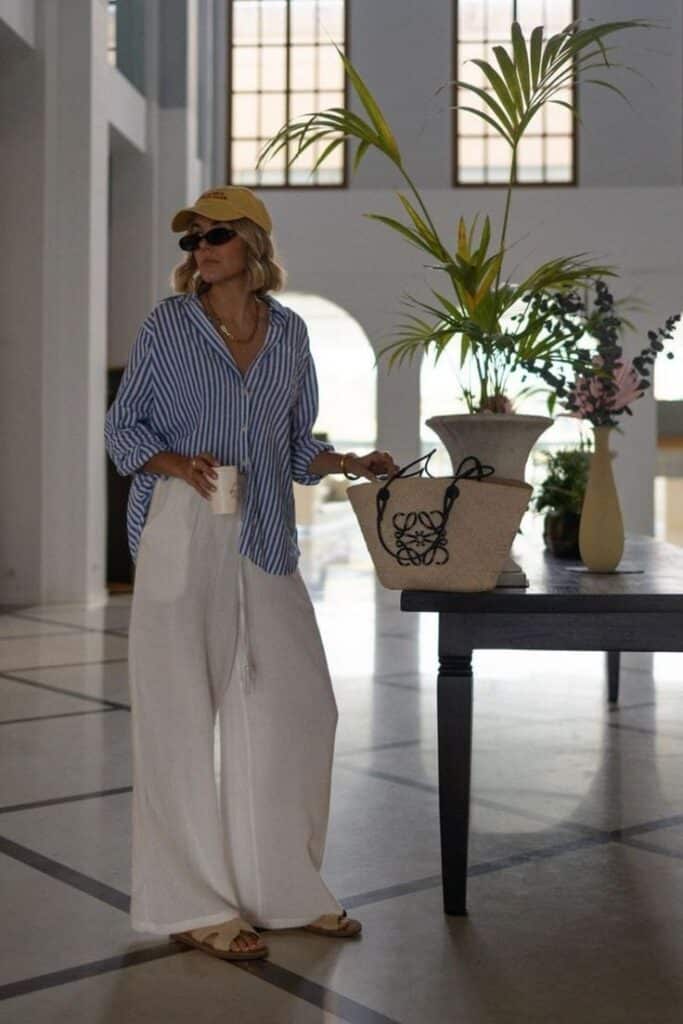
In spring and summer, lightweight fabrics like linen, cotton, and chambray are key for comfort and breathability. Pieces should have clean lines and neutral colors such as white, beige, or soft pastels.
Typical items include:
- Simple white tees
- Tailored shorts or culottes
- Linen button-up shirts
- Minimal slip dresses
Accessories stay minimal with leather sandals or white sneakers. Avoid heavy patterns and stick to solid colors to keep the look streamlined and fresh.
Autumn/Winter Layering
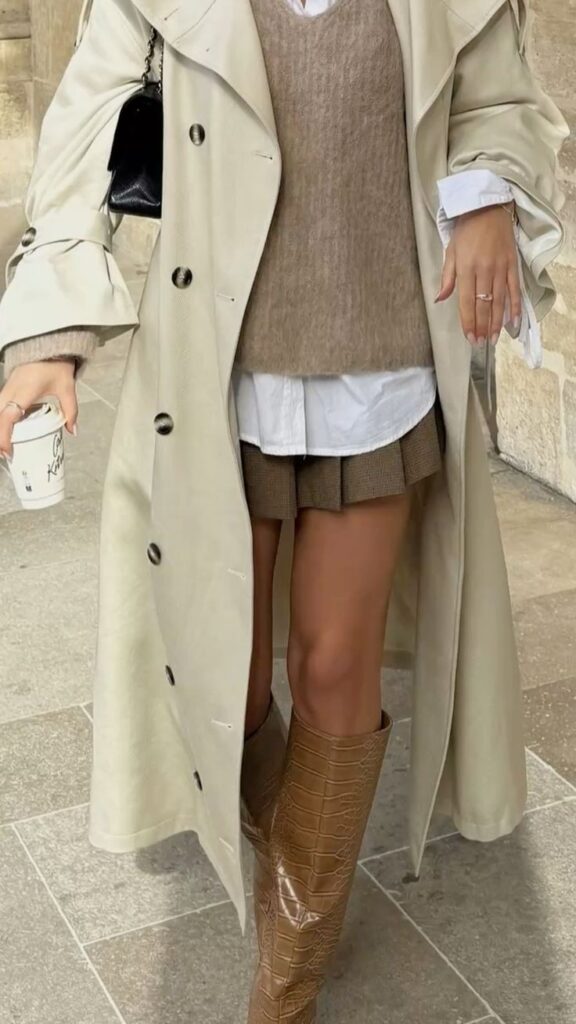
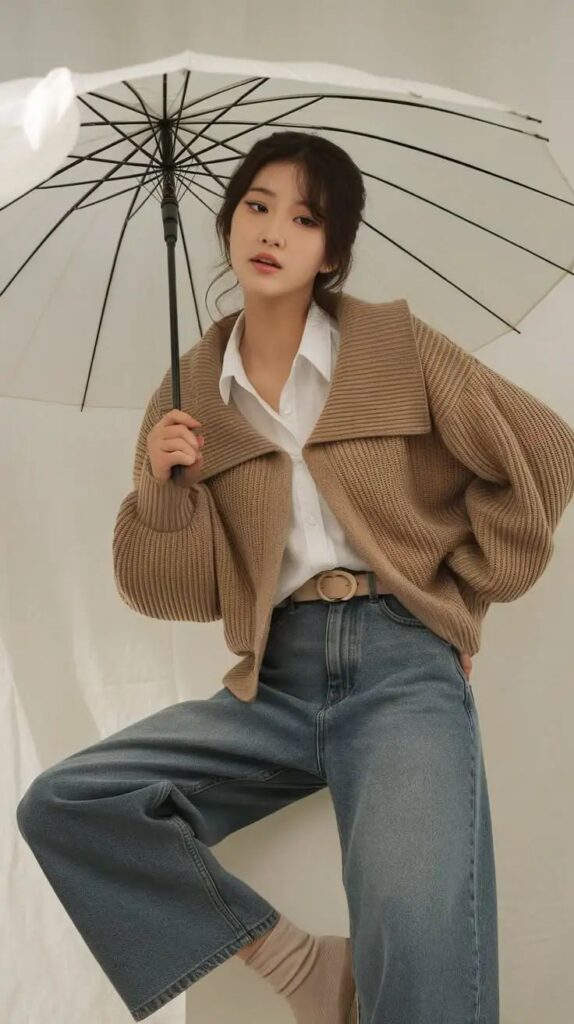
For autumn and winter, focus on layering with versatile pieces in neutral shades like gray, black, navy, and camel. Fabrics should be warm, including wool, cashmere, and thick cotton.
Key layering items:
- Crisp white shirts under sweaters
- Wool coats with clean cuts
- Turtlenecks in soft colors
- Straight-leg trousers or tailored jeans
Pair these with simple boots or loafers. The goal is to build warmth without adding bulk, maintaining sharp and functional minimalism.
Sustainable Practices in Minimalist Fashion
Minimalist fashion focuses on using fewer items but choosing them wisely. It encourages selecting clothes that last long and are better for the environment. The key is to be mindful about materials and buying habits.
Ethical Material Choices
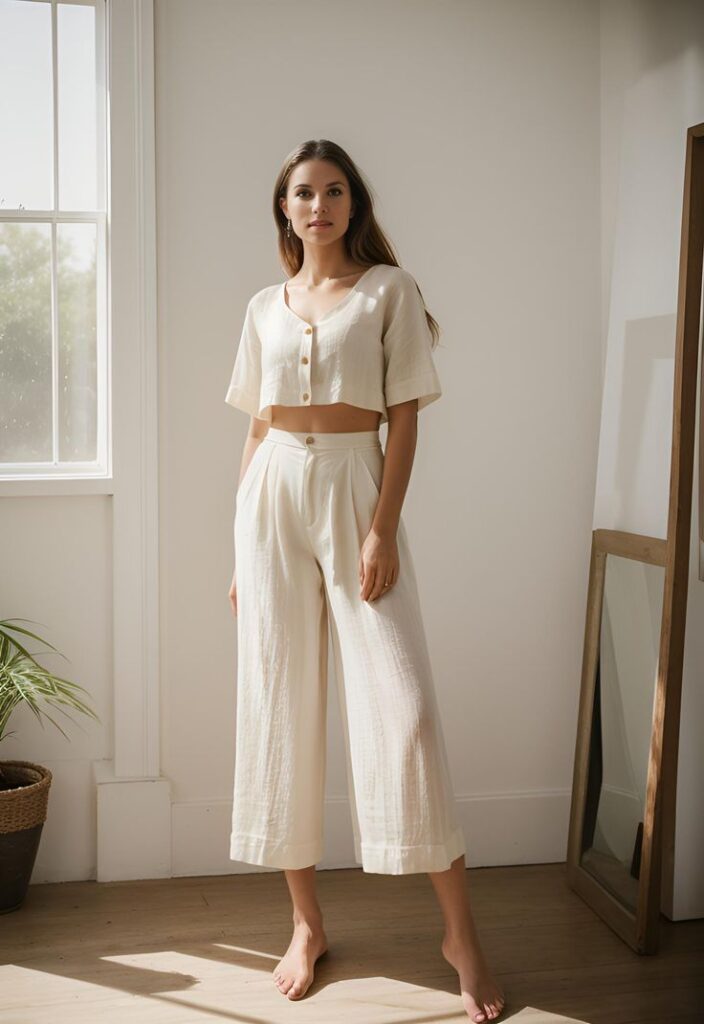
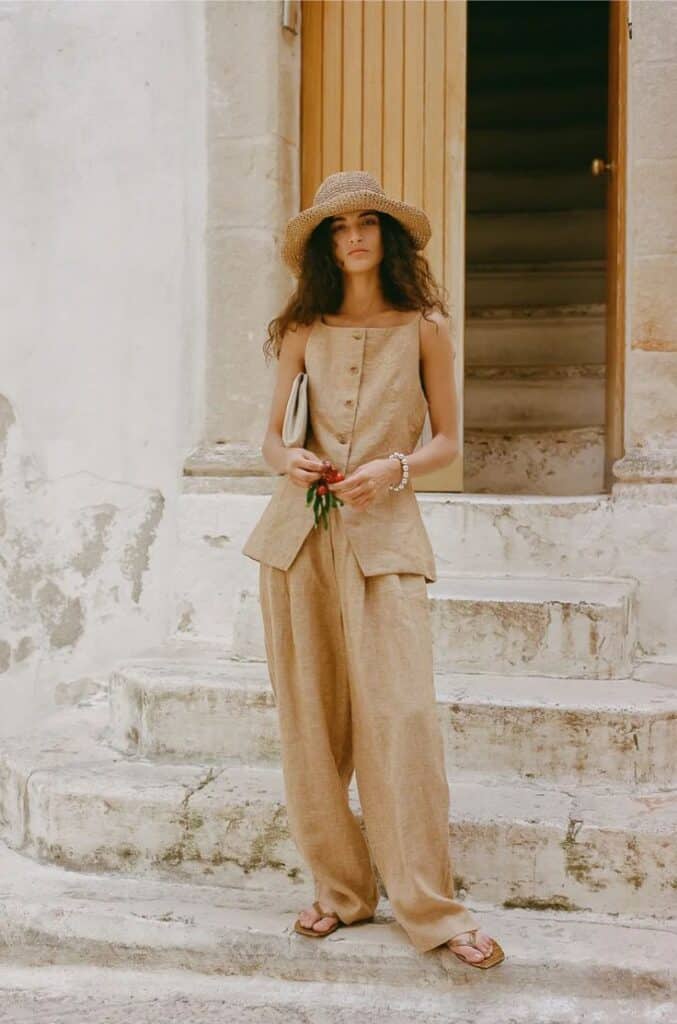
Choosing ethical materials means picking fabrics that have a low impact on the planet and workers. Natural fibers like organic cotton, linen, and hemp are common in minimalist wardrobes because they use fewer chemicals. These materials also break down faster when thrown away.
Recycled fabrics, like recycled polyester or nylon, are another option. They reduce waste and save resources. Brands often share details about where and how they source their materials, helping shoppers make informed choices.
Some materials to avoid include conventional cotton, which uses a lot of water and pesticides, and synthetic fibers that shed microplastics when washed. Ethical materials also support fair labor practices, so workers get fair pay and good working conditions.
Conscious Shopping Habits
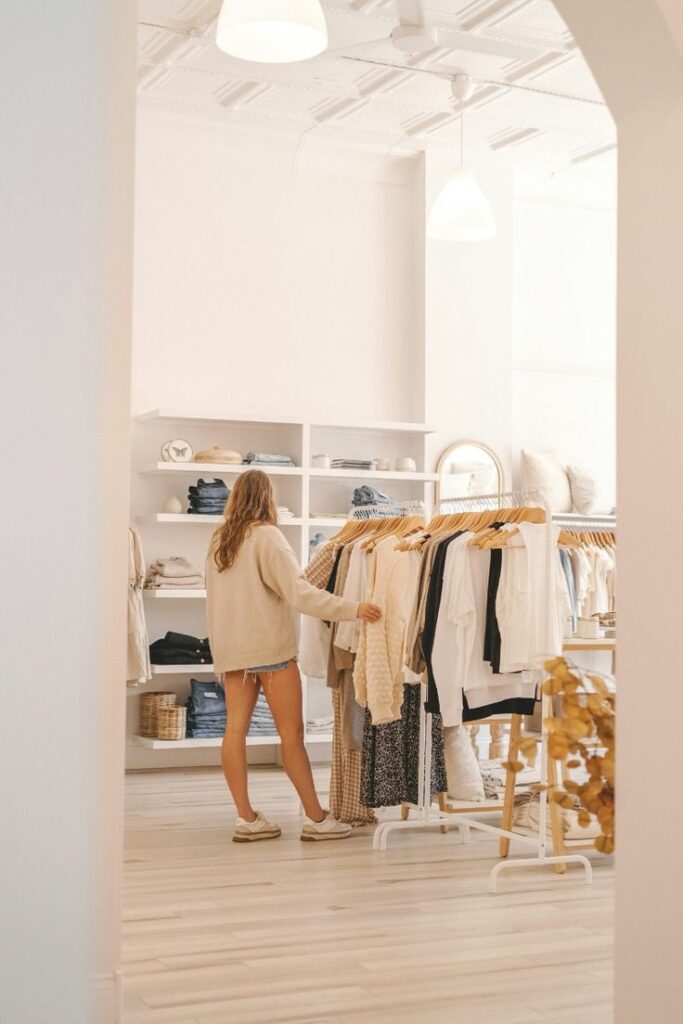
Conscious shopping means buying fewer but better items. Minimalist shoppers focus on quality over quantity. They look for timeless designs and durability to extend the life of a garment.
They also avoid fast fashion, which often involves low wages and poor conditions for workers. Instead, they shop from brands with transparent supply chains and clear sustainability goals.
Before buying, they consider how the item fits into their existing wardrobe. They may also check if it’s easy to care for or can be repaired. This approach reduces waste and saves money over time.
Tips for conscious shopping:
- Research brand values and production methods
- Choose neutral colors and simple styles
- Buy secondhand or vintage when possible
- Avoid impulse buys by planning purchases
This helps maintain a sustainable and practical minimalist wardrobe.
Modern Minimalist Style Icons
Minimalist fashion is shaped by key figures who focus on simple, clean designs and versatile pieces. These style icons include both designers and influencers who set trends through thoughtful, pared-down aesthetics.
Influential Designers
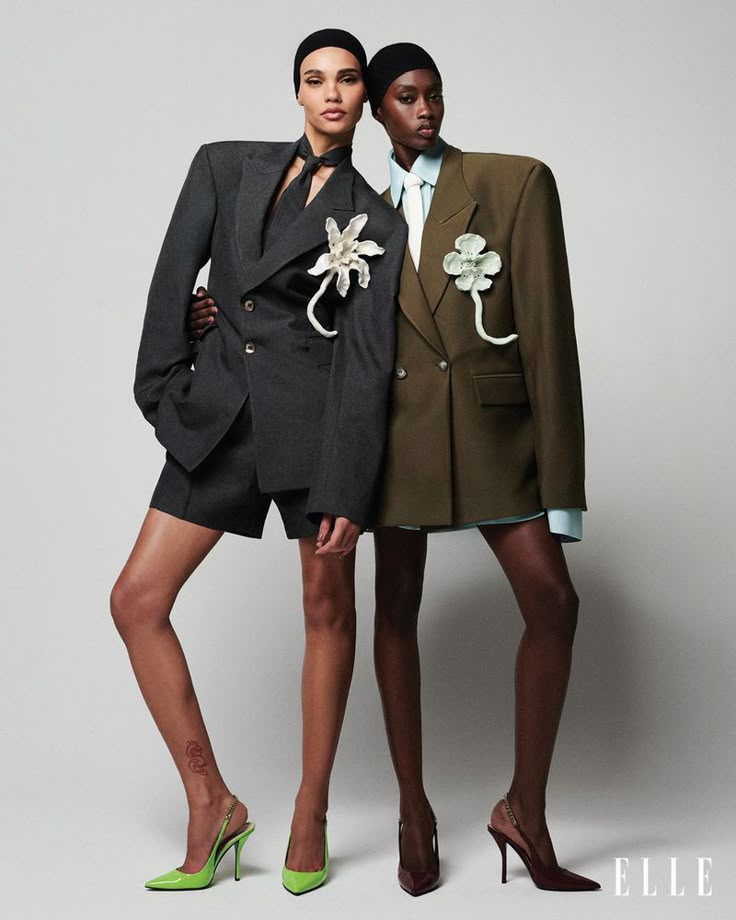
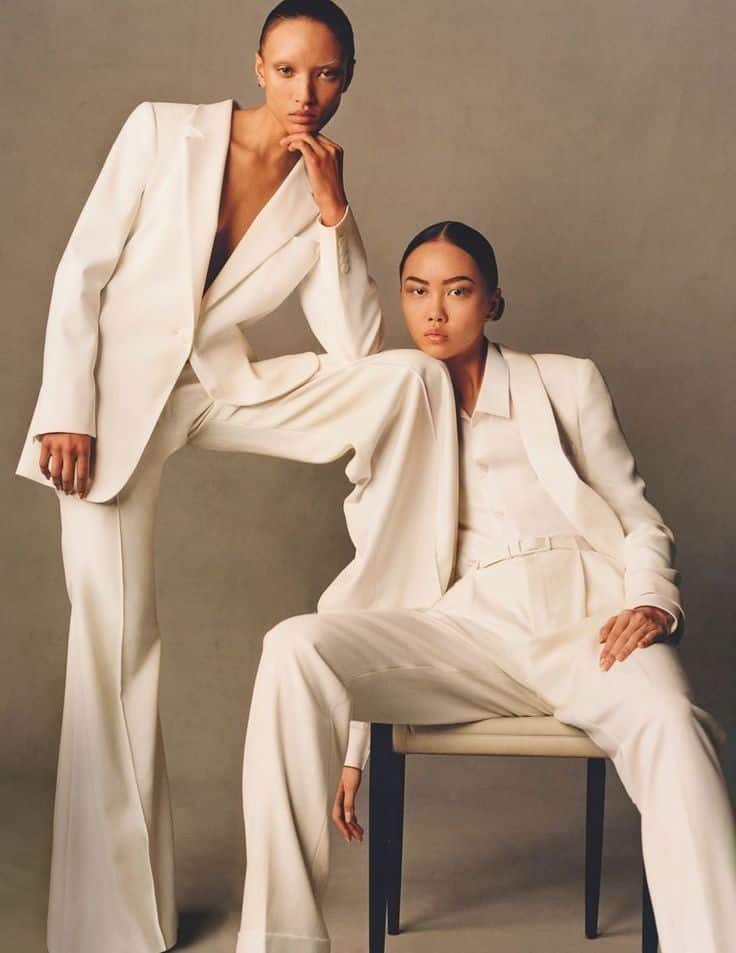
Designers like Jil Sander and Phoebe Philo are pioneers of modern minimalism. Jil Sander’s work is known for sharp tailoring and neutral tones, emphasizing quality and function. Phoebe Philo, while at Céline, popularized understated yet luxurious looks that mix comfort with elegance.
Other important names include The Row, created by Mary-Kate and Ashley Olsen, which emphasizes timeless pieces with careful craftsmanship. These designers avoid loud prints and instead focus on fit, fabric, and simple lines.
| Designer | Key Traits | Impact on Minimalism |
|---|---|---|
| Jil Sander | Clean lines, neutral colors | Defined modern minimalism |
| Phoebe Philo | Relaxed luxury, understated | Made minimalism mainstream |
| The Row | Timeless, quality fabrics | Elevated minimalist basics |
Notable Fashion Influencers
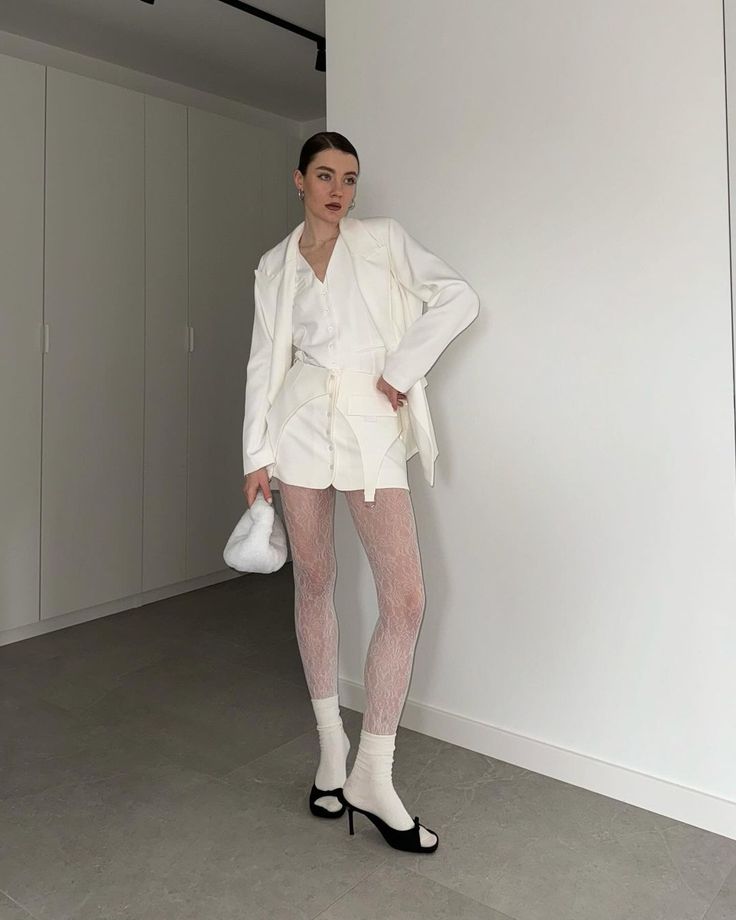
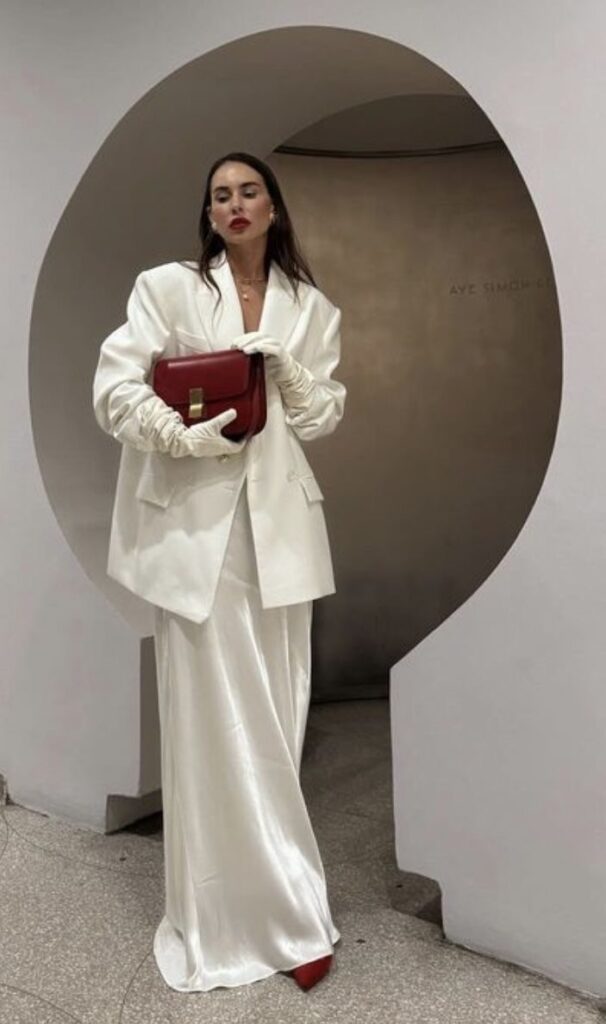
Influencers like Aimee Song and Emily Johnson promote minimalist wardrobes through social media. They often showcase outfits with basic colors and simple cuts, making minimalism accessible.
Aimee Song’s style focuses on mixing minimal pieces with subtle accessories. Emily Johnson is known for monochrome outfits that highlight texture and silhouette rather than color.
Both influencers highlight sustainable and thoughtful shopping habits. Their looks show minimalism is practical and stylish for everyday life, influencing many followers to embrace less cluttered wardrobes.
- 0shares
- Facebook0
- Pinterest0
- Twitter0
